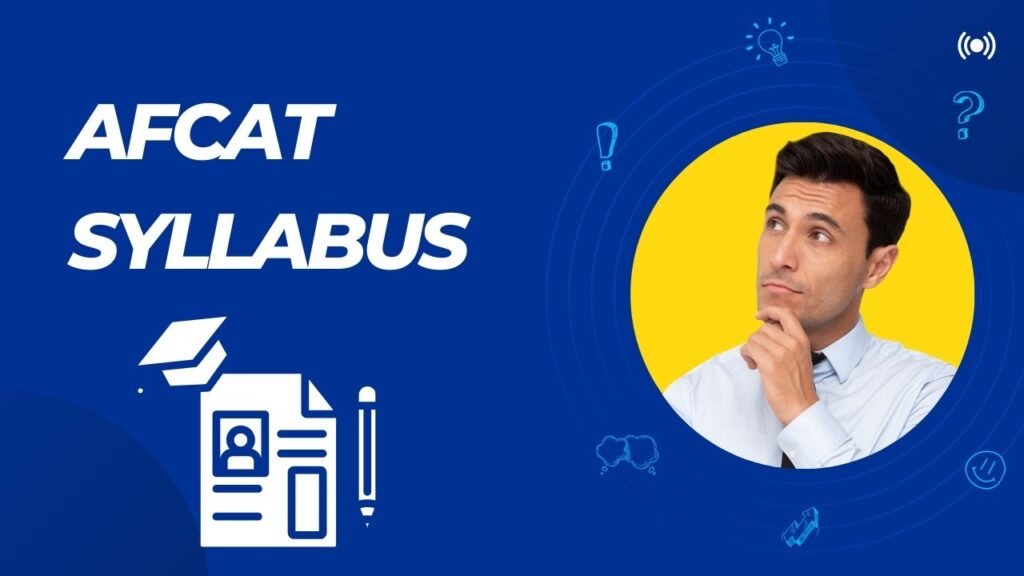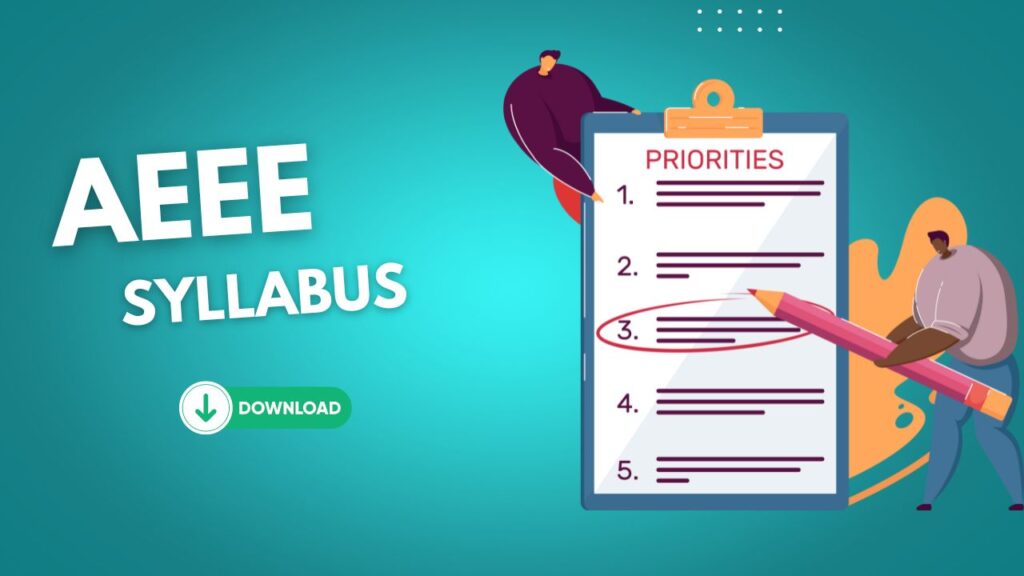AGRICET Syllabus- AGRICET Syllabus Download in pdf
AGRICET Syllabus
Comprehensive AGRICET Syllabus: Your Ultimate Guide to Preparation
Introduction to AGRICET
Aspiring students who are interested in pursuing a career in agriculture should take the Agriculture Common Entrance Test (AGRICET), which is an important test. This examination, which is given by a number of agricultural colleges, serves as a starting point for undergraduate studies in agriculture and other fields that are connected to agriculture. Candidates who want to get a high rank on the AGRICET and obtain admission to prestigious universities absolutely need to guarantee that they have a comprehensive comprehension of the test’s curriculum. The purpose of this guide is to equip you with a full grasp of each component of the AGRICET test by providing a detailed overview of the AGRICET curriculum.
Understanding the AGRICET Exam Pattern
It is important to know how the AGRICET test is set up before you start studying the material. Most of the time, the test is made up of multiple-choice questions (MCQs) about a wide range of agricultural themes. The test lasts three hours on average and is meant to test both your academic and practical knowledge of farming concepts.
Detailed AGRICET Syllabus Breakdown
1. Crop Production
Crop Production is a fundamental segment of the AGRICET syllabus. This section evaluates your understanding of the essential practices and principles involved in growing various crops. Key areas include:
- Types of Crops: Understand the classification of crops into food crops, cash crops, and oilseeds.
- Crop Growth Stages: Familiarize yourself with the stages of crop growth, from germination to maturity.
- Soil Fertility: Study the importance of soil nutrients and the application of fertilizers.
- Pest and Disease Management: Learn about common pests and diseases affecting crops and the methods for their control.
- Irrigation Techniques: Gain knowledge about different irrigation methods and their efficiency.
2. Soil Science
Soil Science is crucial for understanding the foundation of agriculture. This section covers:
- Soil Formation and Classification: Study the processes of soil formation and the classification systems used to categorize different soil types.
- Soil Properties: Learn about soil physical and chemical properties, including texture, structure, and pH.
- Soil Fertility Management: Understand soil nutrient management and the role of organic and inorganic fertilizers.
- Soil Erosion and Conservation: Gain insights into soil erosion causes and techniques for soil conservation.
3. Agricultural Engineering
Agricultural Engineering involves the application of engineering principles to agricultural practices. Key topics include:
- Farm Machinery: Study the various types of farm machinery and their uses in modern agriculture.
- Irrigation Systems: Understand the design and operation of different irrigation systems, including drip and sprinkler systems.
- Post-Harvest Technology: Learn about the technology used for harvesting, processing, and storing agricultural produce.
4. Plant Breeding and Genetics
Plant Breeding and Genetics is an essential area that focuses on improving crop varieties. This section covers:
- Genetic Principles: Study the fundamental principles of genetics and their application in plant breeding.
- Breeding Techniques: Understand various plant breeding techniques, including selection, hybridization, and genetic engineering.
- Crop Improvement: Learn about methods for improving crop yield and resistance to diseases and pests.
5. Agricultural Economics and Extension
Agricultural Economics and Extension covers the economic aspects and the extension services available to farmers. Key topics include:
- Economic Principles: Study the economic principles relevant to agriculture, including supply and demand, market structures, and price determination.
- Extension Services: Understand the role of extension services in disseminating agricultural knowledge and improving farming practices.
- Farm Management: Learn about the principles of farm management, including budgeting, financial planning, and resource allocation.
6. Agricultural Statistics
Agricultural Statistics involves the collection and analysis of data related to agriculture. Key areas include:
- Statistical Methods: Study various statistical methods used in agricultural research and practice.
- Data Interpretation: Understand how to interpret statistical data and apply it to agricultural decision-making.
- Survey Techniques: Learn about survey techniques for collecting agricultural data and assessing farm performance.
Preparation Tips for AGRICET
- Create a Study Plan: Develop a structured study plan that covers all the topics in the AGRICET syllabus. Allocate specific time for each subject and adhere to the plan diligently.
- Refer to Standard Textbooks: Use standard textbooks and reference materials recommended by agricultural universities for in-depth study.
- Practice Previous Papers: Solve previous years’ question papers and sample tests to familiarize yourself with the exam format and question types.
- Join Study Groups: Engage in study groups or forums where you can discuss topics with peers and clarify doubts.
- Stay Updated: Keep yourself updated with the latest developments in agriculture and related fields through journals, news articles, and online resources.
Conclusion
In order to achieve mastery of the AGRICET curriculum, one must approach the study of each component in a comprehensive and methodical manner. You will be able to considerably improve your chances of passing the AGRICET test if you take the time to familiarise yourself with the comprehensive curriculum and use highly efficient preparation tactics. Pay attention to each individual subject area, put in a lot of practice, and maintain your motivation during the whole process of preparation.
agricet syllabus
agricet study material in english pdf
AGRICET Syllabus- AGRICET Syllabus Download in pdf Read More »



